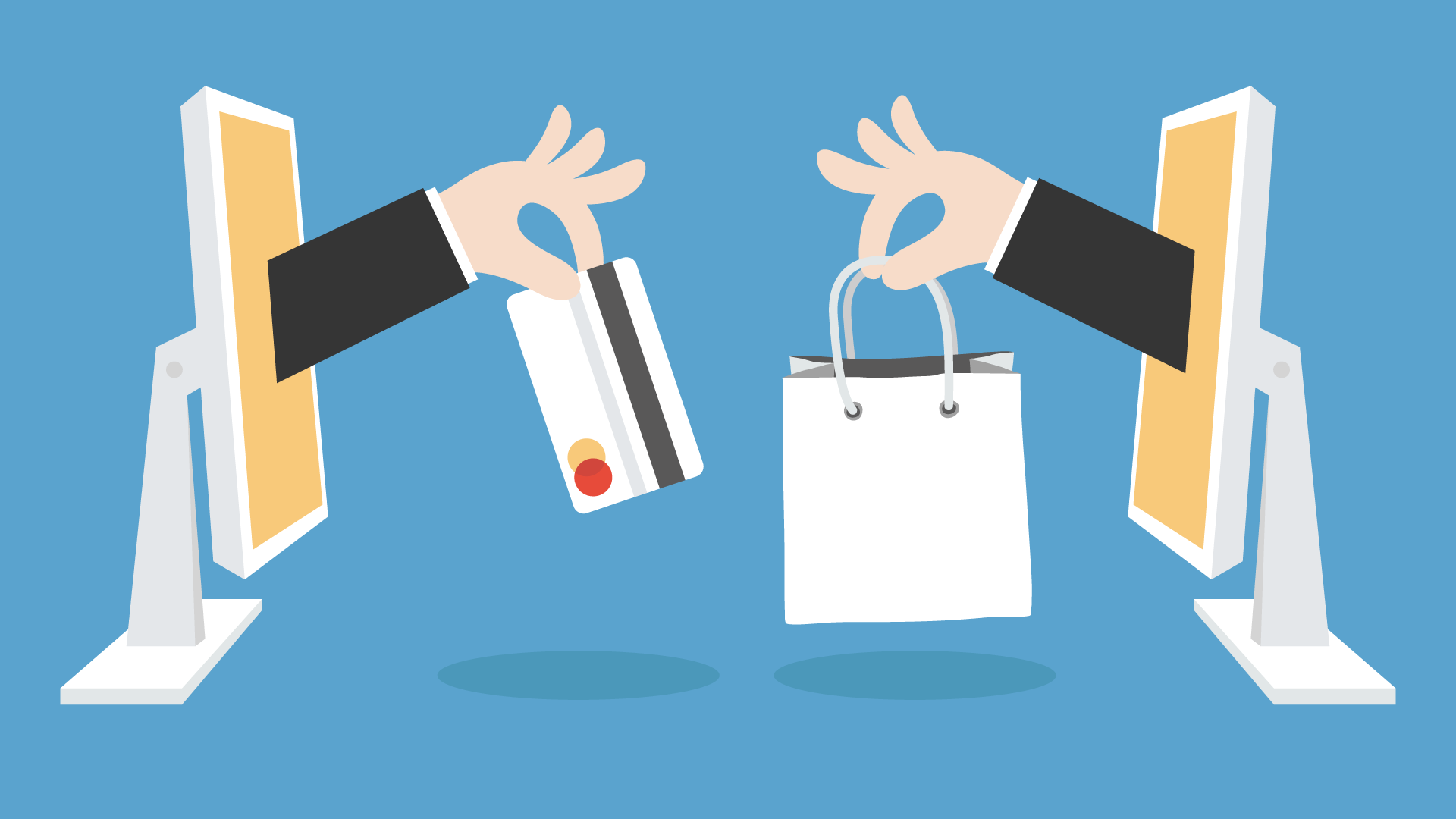Ecommerce Trends in 2024: What Services Need to Know
Recognizing Why This Digital Purchasing Pattern Is Transforming Retail and What Products You Can Buy and Sell in Today's Market
The electronic purchasing pattern is not merely a passing phase; it stands for an essential shift in customer habits and retail dynamics. Aspects such as boosted benefit, an extensive product option, and the influence of data-driven customization are reshaping how consumers involve with brands. As typical retail faces unprecedented challenges, particular item categories are witnessing a surge sought after, indicating an improvement in consumer concerns. Understanding these changes can offer useful understandings for both buyers and vendors, leading the way for tactical opportunities that can redefine success in the retail landscape. What effects might this hold for the future?
Factors Driving Digital Buying
The quick development of digital purchasing is largely driven by a number of key elements that reverberate with modern-day customer habits. The comfort of on the internet purchasing permits consumers to surf and buy items from the convenience of their homes, removing the need for taxing trips to physical shops. This access is additionally improved by the spreading of smart devices and mobile applications, allowing smooth shopping experiences on-the-go.

Customers are presented with customized recommendations, improving engagement and enhancing the possibility of purchases. Progressing payment options, such as electronic pocketbooks and buy-now-pay-later choices, have actually streamlined purchases, making online shopping a lot more appealing.
Influence On Standard Retail
Significant adjustments in consumer behavior driven by the rise of digital buying have exceptionally influenced conventional retail operations. As customers significantly favor the convenience and efficiency of on the internet platforms, brick-and-mortar stores deal with mounting pressure to adjust. This shift has resulted in decreasing foot website traffic, prompting numerous merchants to reconsider their methods and improve their in-store experiences.
Typical retailers are currently compelled to integrate omnichannel methods, combining physical and digital buying experiences to fulfill progressing consumer expectations. The importance of a smooth transition between on the internet browsing and in-store buying is critical for keeping customer commitment. In addition, sellers are leveraging technology to personalize marketing efforts, making use of data analytics to forecast consumer choices and tailor offerings accordingly.
The effect on supply monitoring has actually likewise been substantial, as sellers change their supply levels to fit the change popular between online and in-store sales. This dynamic calls for boosted logistical abilities and an extra dexterous supply chain to respond efficiently to real-time customer habits. Inevitably, the advancement caused by digital shopping patterns necessitates a reevaluation of standard retail structures, engaging organizations to introduce and remain competitive in an increasingly digital marketplace.
Popular Products in Need
Amidst the shift towards electronic buying, specific item categories have risen in popularity, mirroring altering consumer preferences. Electronics, especially clever home tools and wearables, have actually ended up being staples as consumers seek boosted convenience and connection. The pandemic accelerated the need for home workplace devices, resulting in enhanced sales of ergonomic furniture and efficiency devices.
Health and wellness products are also in high demand, with customers focusing on individual well-being. Supplements, health and fitness devices, and mindfulness-related things have actually obtained grip, driven by an expanding awareness of health. In addition, the elegance and skin care industry has seen a significant surge, thrust by the rise in on-line beauty tutorials and the wish for self-care.
Sustainable and environment-friendly products are capturing the attention of environmentally conscious customers (Ecommerce). Things such as reusable bags, eco-friendly product packaging, and fairly sourced items are progressively preferred, as consumers seek to straighten their acquisitions with their values
Strategies for Sellers
Leveraging digital platforms effectively is critical for vendors intending to thrive in the progressing retail landscape. Vendors ought to maximize visit the site their on the internet presence via an user-friendly internet site and energetic interaction on social media channels. Top quality visuals and clear product summaries improve customer experience and urge conversions.

Moreover, sellers should think about expanding their item offerings to satisfy varying consumer preferences. This not only reduces risk however also catches a more comprehensive target market. Carrying out effective stock monitoring techniques guarantees that prominent products are constantly in supply, enhancing client satisfaction.
Furthermore, promoting outstanding customer support can develop brand loyalty and urge repeat service. Engaging with clients through testimonials and responses can likewise fine-tune product offerings and marketing methods.
Future Patterns in Shopping
As the electronic landscape proceeds to progress, the future of shopping is positioned for transformative changes driven by technical advancements and changing customer behaviors. Among the most considerable fads is the assimilation of expert system (AI), which improves tailored purchasing experiences by examining customer information to anticipate choices and suggest items. This customization not wikipedia reference just enhances consumer satisfaction however likewise raises conversion rates.
Furthermore, the surge of social commerce is reshaping just how brand names engage with customers. Systems like Instagram and TikTok are becoming essential sales networks, enabling individuals to purchase items seamlessly within their site web social media sites feeds. This pattern is further amplified by influencer marketing, which leverages count on and connection to drive sales.
Moreover, sustainability is increasingly influencing buying decisions, with consumers preferring brand names that show environmentally friendly methods. Shopping services are reacting by adopting sustainable product packaging and promoting honest sourcing.
Final Thought
In verdict, the digital shopping trend is fundamentally transforming the retail landscape by enhancing comfort and customization for consumers. Future fads in ecommerce will likely proceed to form customer actions and retail techniques, even more solidifying the significance of digital buying in the industry.